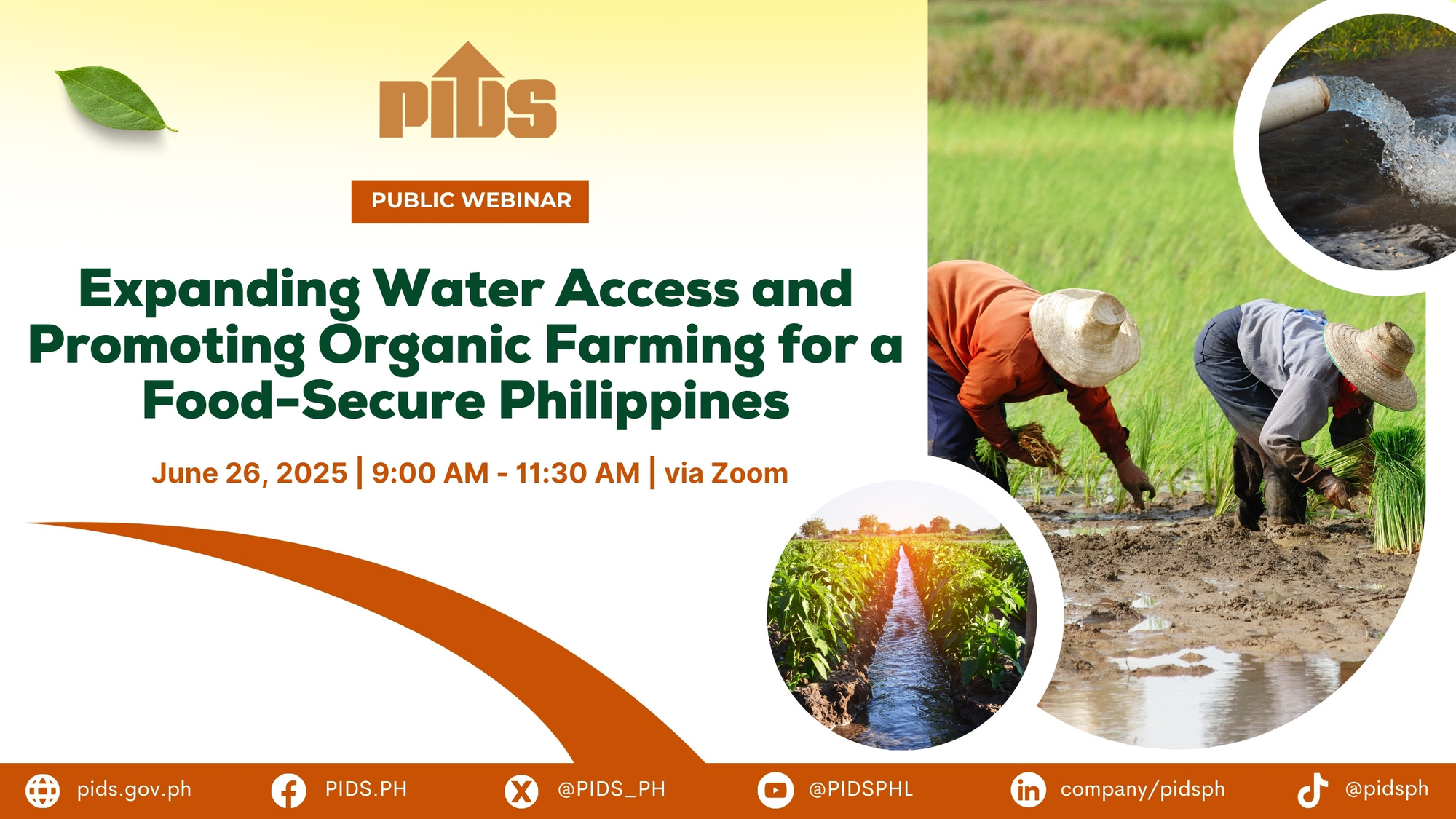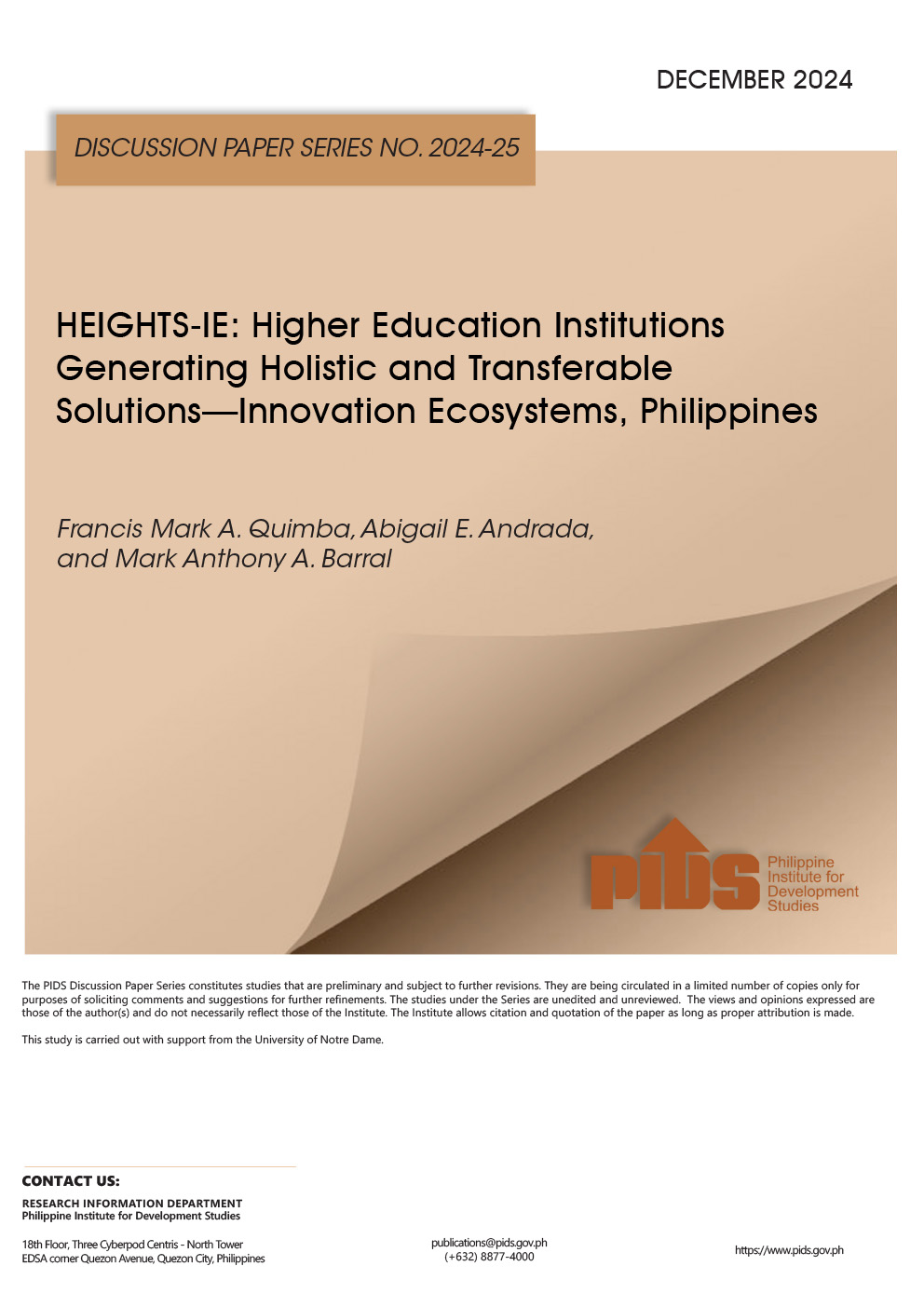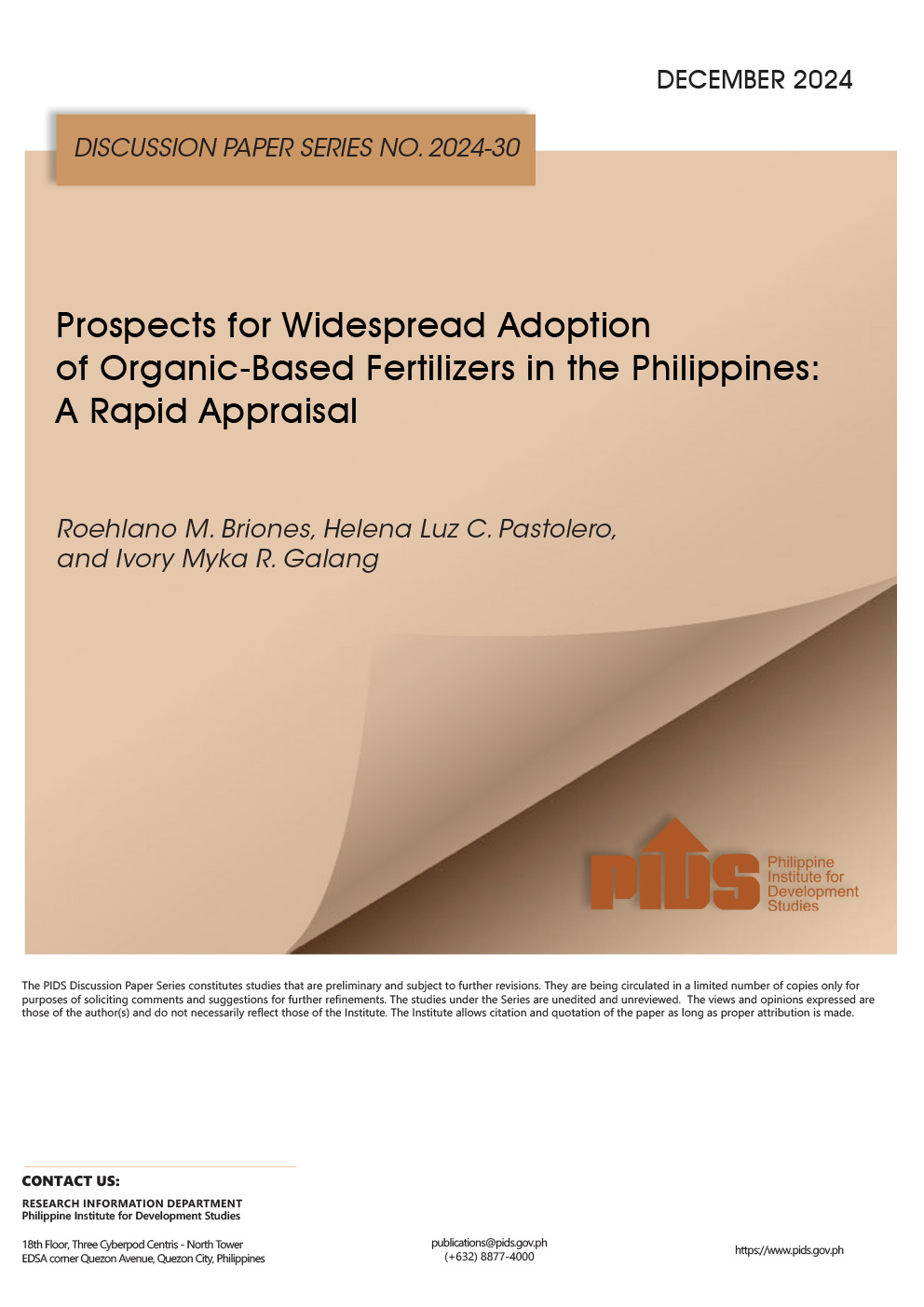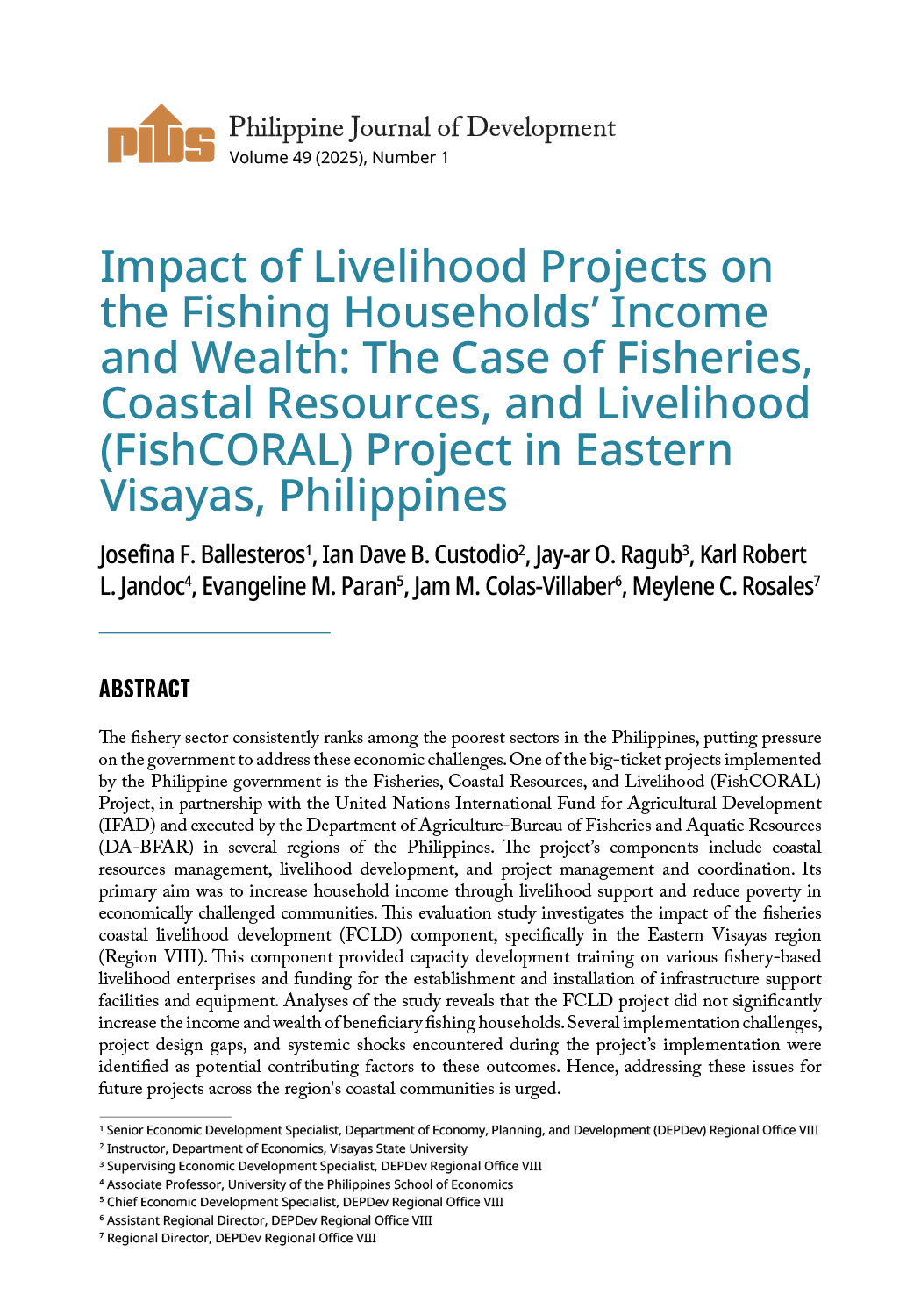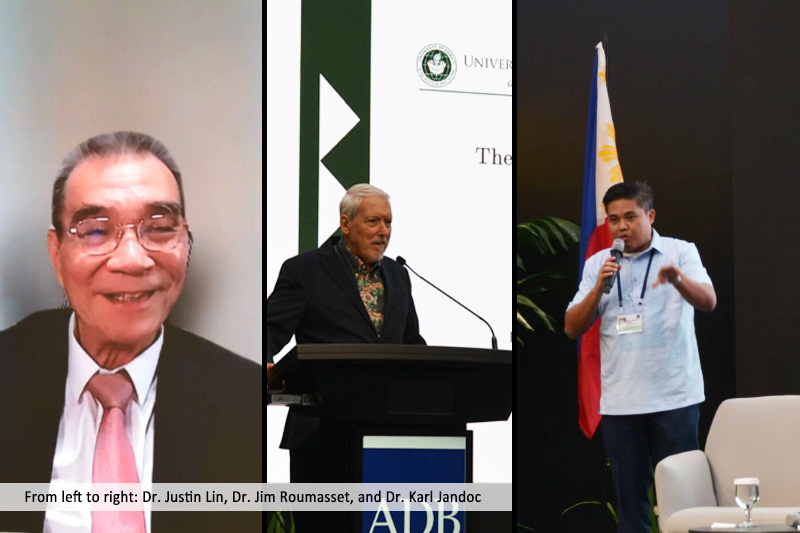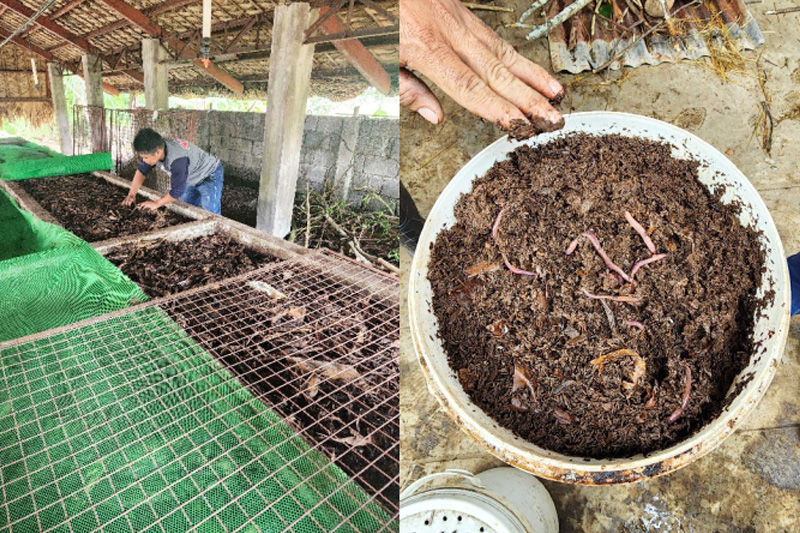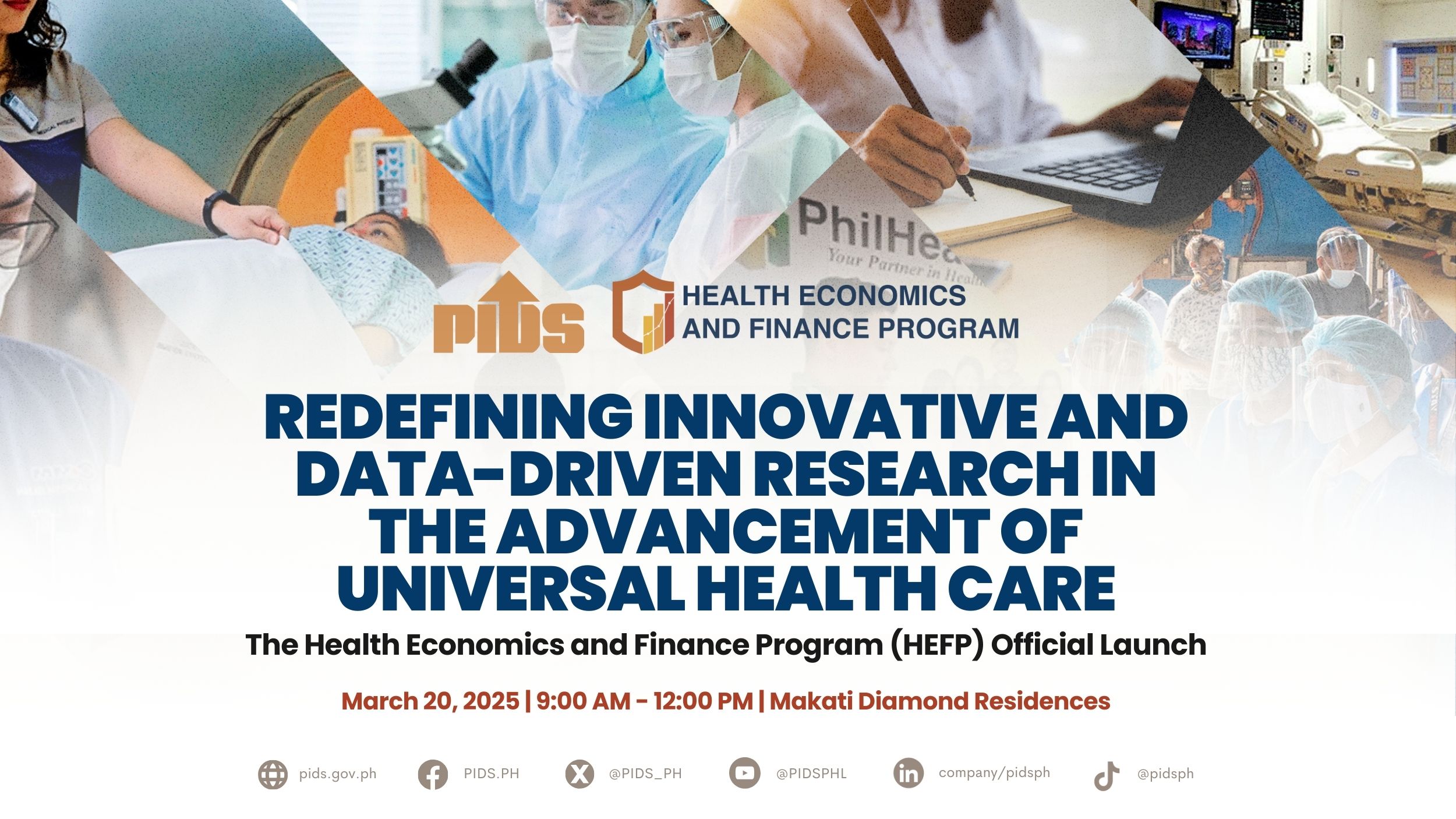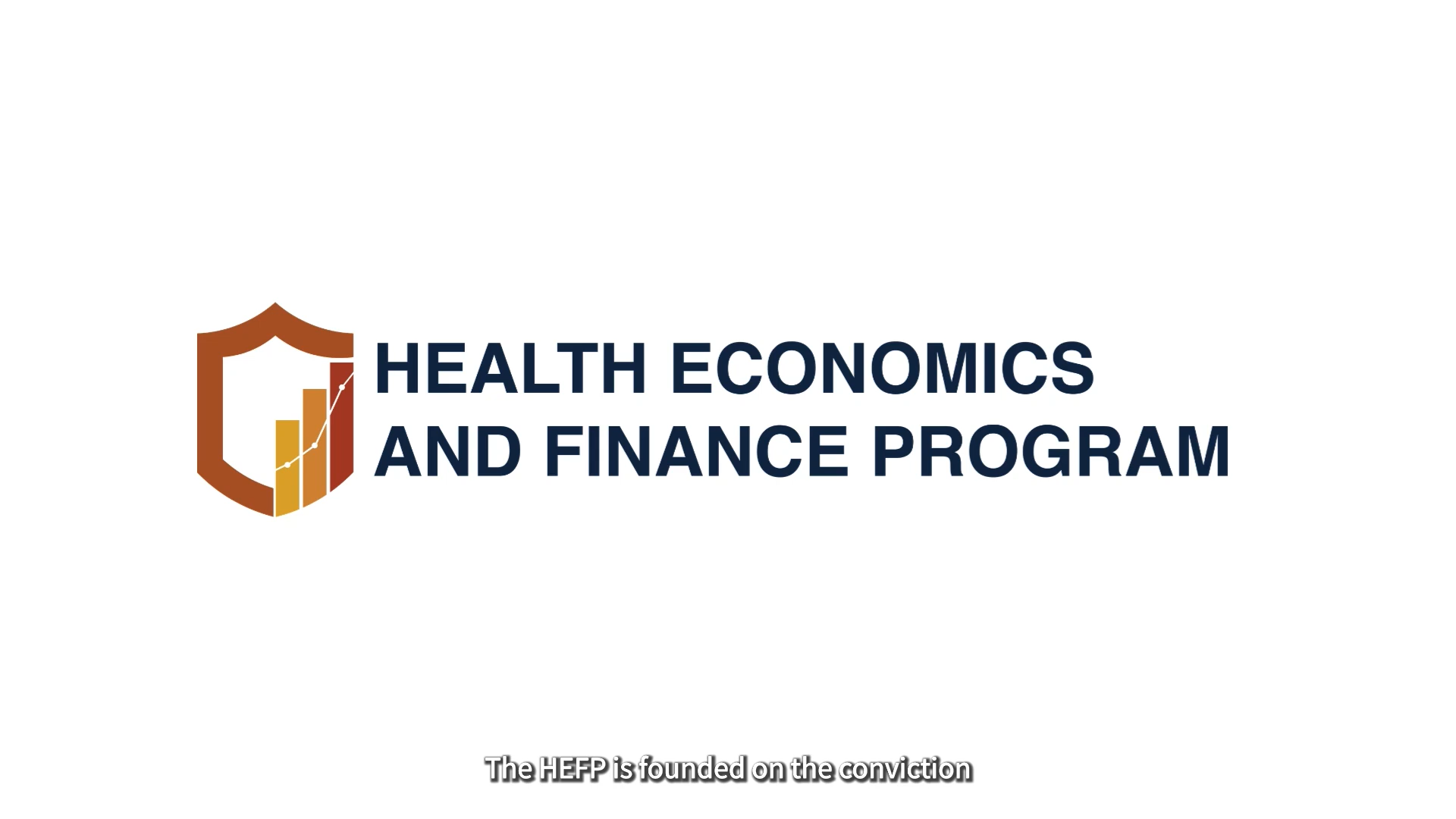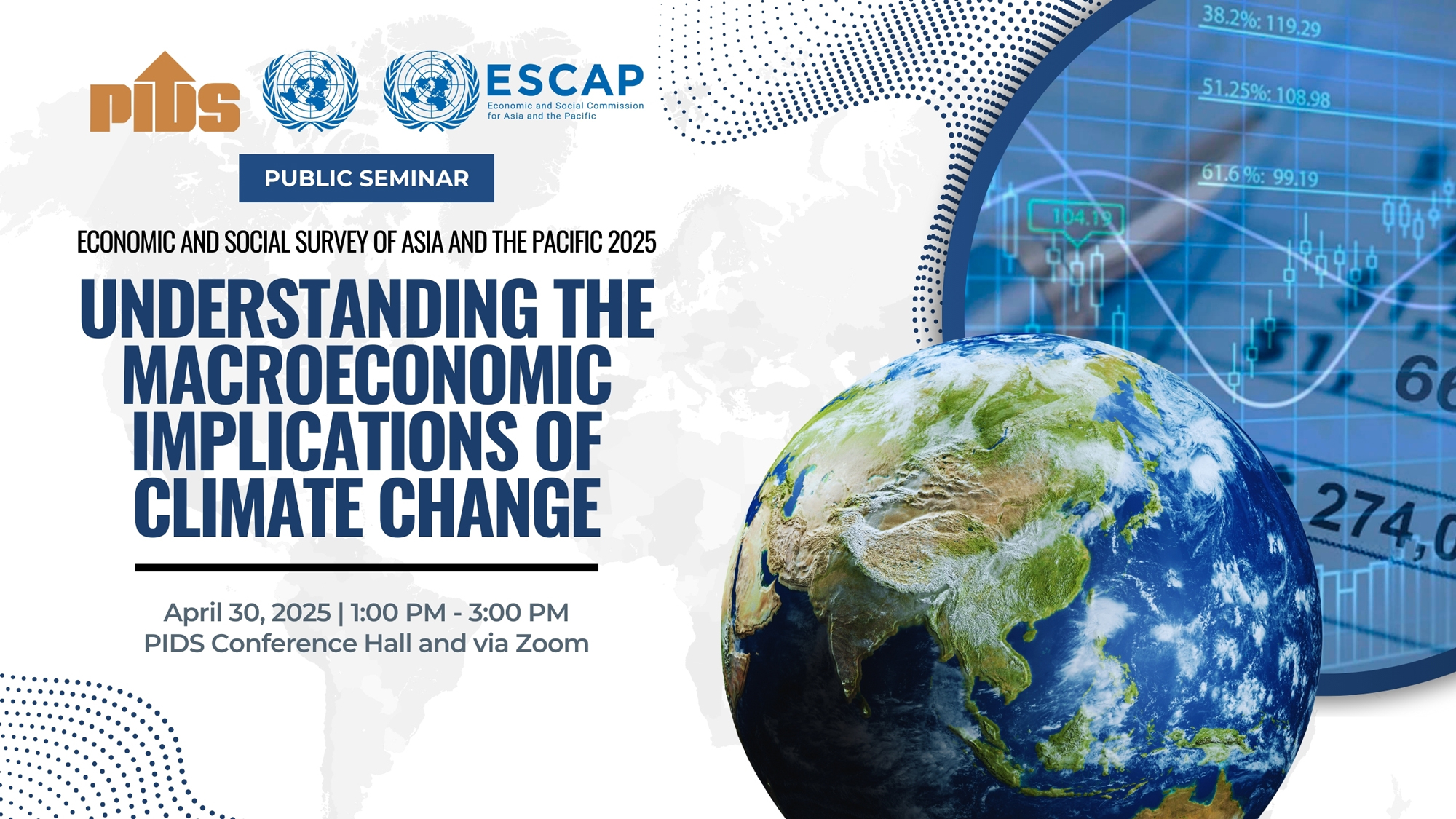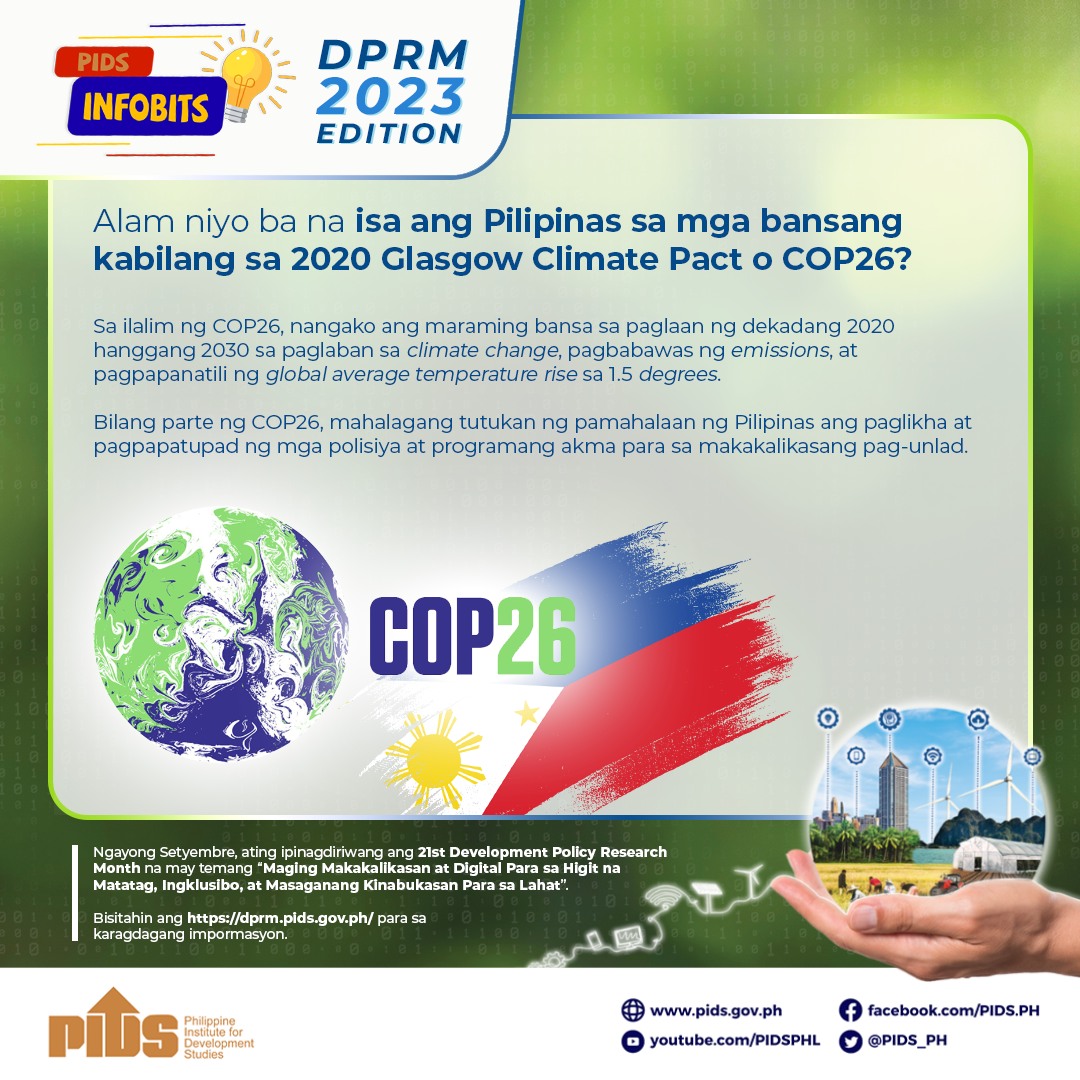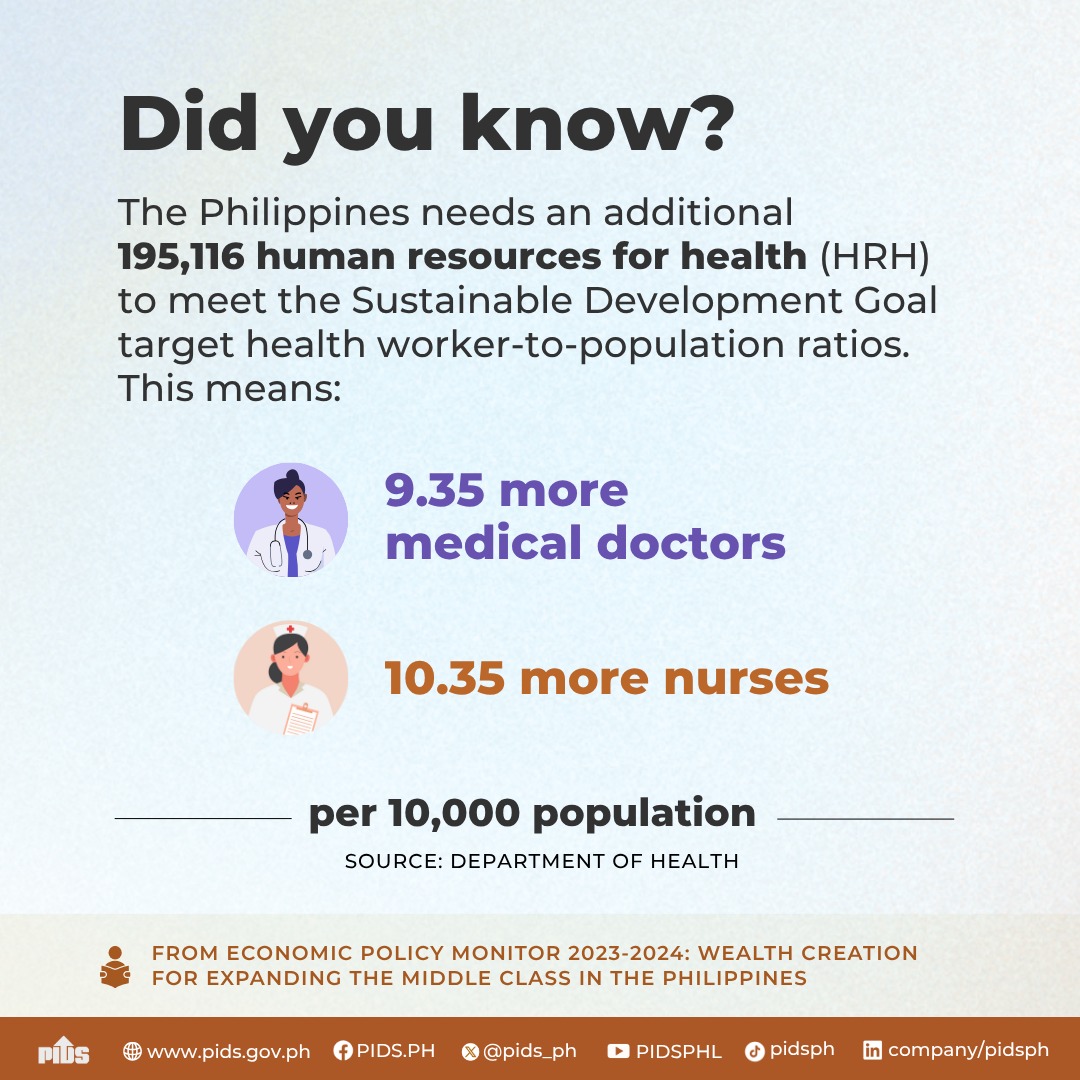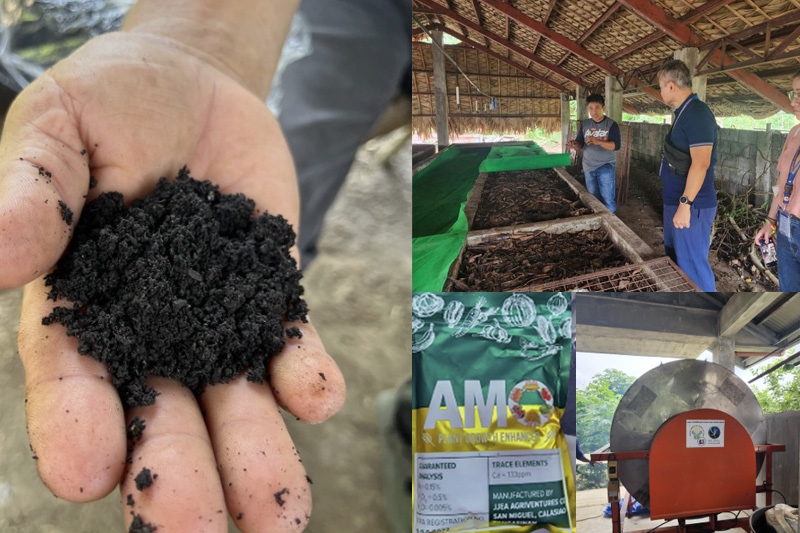
A balanced mix of organic and inorganic fertilizers—not one or the other—is the key to healthier soil, higher yields, and a more food-secure Philippines, according to experts at a June 26 forum hosted by the Philippine Institute for Development Studies (PIDS).
Drawing from the study “Prospects for Widespread Adoption of Organic-Based Fertilizers in the Philippines: A Rapid Appraisal,” the event spotlighted Integrated Nutrient Management (INM)—a science-based approach that tailors fertilization to actual soil conditions.
Experts say this method not only improves productivity but also supports climate resilience and sustainable agriculture.
“A sustainable approach to agricultural production in the country involves a science-based strategy,” said former PIDS Supervising Research Specialist Ivory Galang, noting how fertilizer prices spiked to 3,000 pesos per pack in 2021-2022.
“This is what we call the balanced fertilization strategy,” she added.
The study emphasized that moving away entirely from inorganic fertilizers is neither practical nor scientifically sound.
Citing University of the Philippines Los Baños data, PIDS Project Technical Specialist and study co-author Helena Pastolero shared that as of 2023, local organic materials could supply only 0.49% of the nitrogen needed by the country's farmlands.
The INM, she said, offers a middle ground—combining organic matter like compost with measured doses of synthetic inputs to restore soil health, boost crop yields, and adapt to extreme weather events.
Pastolero highlighted innovations like biostimulants, which are natural microbes or compounds like Trichoderma and Bio-N, that enhance nutrient absorption and plant resilience.
She stressed the importance of compost quality to avoid pathogens: “The keyword here is fully decomposed. Squeeze a handful of compost; if water drips, it needs more time.”
Science meets soil
UPLB Professor Emeritus Dr. Virginia Cuevas shared results from decades-long research showing that a combination of rice straw compost, microbial inoculants like Trichoderma, and 50% of traditional chemical fertilizers can match or outperform full chemical applications.
“Organic matter from compost increases soil water holding capacity… which is the answer to the problem presented by the Department of Agriculture,” Dr. Cuevas said.
Even during drought, data show that rice fields using this mix stayed productive—an adaptation to climate change, she added.
To address labor-intensive composting, Cuevas cited in situ rapid composting techniques compatible with mechanized farming.
She also pointed to untapped resources like water hyacinth, which contains 4% nitrogen, and market waste as valuable fertilizer inputs.
Ground realities and policy gaps
Despite promising data, the shift to INM remains hampered by weak implementation and fragmented support systems.
PIDS Senior Research Fellow and lead author Dr. Roehlano Briones noted that while some organic growers achieve equal or better yields, adoption remains limited.
“There’s a small, narrow market segment that has adopted organic farming,” he said.
“Fertilizers are not just the product alone—it’s the entire chain, from sourcing raw materials to packaging and distribution,” Briones added, calling for greater government intervention—not just in subsidies, but also in soil mapping, research, and supply chain development.
“We were astounded to realize the last time we mapped soils was in the 1970s,” he revealed.
Briones also proposed a gradual reform of the national fertilizer subsidy program to shift away from purely chemical-based support toward more sustainable inputs like biofertilizers.
Fertilizer as a food security infrastructure
In the face of climate change and supply chain disruption, experts agree: fertilizers are no longer just a farm input—they are essential to sustainability, climate resilience, and national food security.
“If these recommendations are properly implemented,” Dr. Cuevas said, “rice self-sufficiency is on the horizon—provided, however, that rice is not used as a political commodity.”
Whether it’s rethinking kitchen waste or reforming national subsidy programs, the shift toward smarter fertilization starts from the ground up—literally. ### — MAEC

